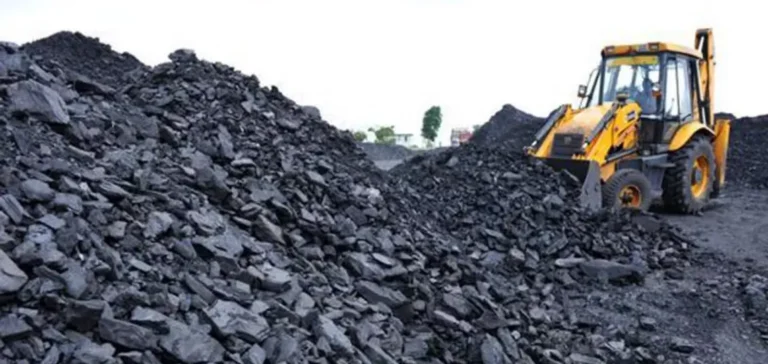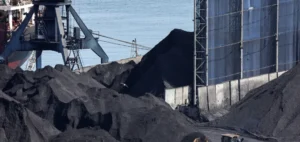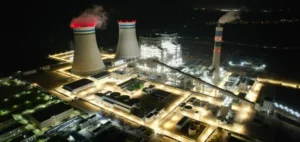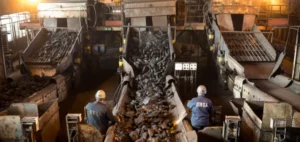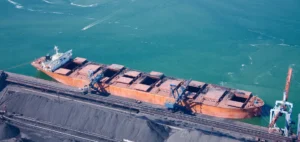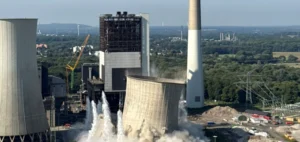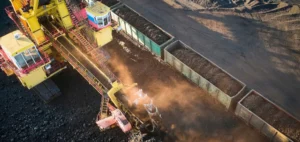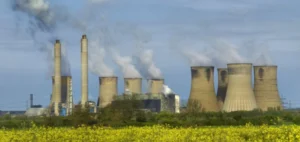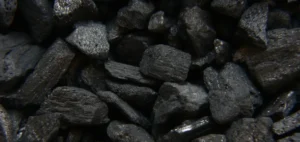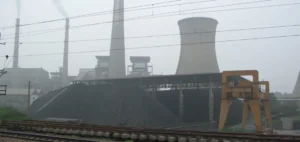The climate footprint of the steel industry may be significantly underestimated due to unaccounted methane emissions from metallurgical coal mines in Australia. According to new analysis, these hidden emissions could increase the carbon impact of groups such as ArcelorMittal, Nippon Steel and POSCO by 6 to 15%, as supply chain origins and intensities remain opaque.
Australia supplies more than half of the world’s coking coal, a key raw material for steelmaking. In 2024, its mines released around 867 kilotonnes of methane, more than the entire Australian oil and gas sector combined. Much of these emissions come from so-called “super-emitting” sites, with intensities ranging from 3 to 5 tonnes of methane per kilotonne of coal extracted.
An opaque supply chain for steelmakers
A case study on the Hail Creek mine, considered one of the country’s most emissive sites, shows that 4.3 million tonnes of coal were shipped to ArcelorMittal, Nippon Steel and POSCO steel plants between 2023 and 2024. Officially, this coal was responsible for 12.9 kilotonnes of methane. Independent estimates, however, suggest actual levels could be more than three times higher.
Steel producers, committed to emission reduction pathways, may therefore see their efforts compromised upstream due to the absence of direct site measurements. Eight of Australia’s ten most emissive mines produce metallurgical coal, despite representing only 3% of national output. Their share in reported emissions already exceeds 20%, pointing to a probable gap with reality.
Available technologies and urgency of reduction
Reducing these emissions is technically feasible: more than half of the methane released could be avoided with existing, cost-effective technologies. Implementing on-site measurements, rigorous reporting mechanisms and abatement processes represents an immediate step for industrial groups.
Coal suppliers are increasingly viewed as critical links in steelmakers’ transition plans. The absence of binding methane monitoring standards could pose operational and strategic risks, particularly as carbon neutrality deadlines approach in 2050.
Growing pressure on Australian exports
This situation also places pressure on Australia’s exports, as international buyers demand greater environmental transparency. Asian markets, the main clients of Australian coal, may face stricter regulatory alignment in the coming years.
Lisette van Niekerk, consultant at the International Methane Emissions Observatory of the United Nations Environment Programme (UNEP), said that “steel’s climate impact starts at the mine,” stressing the importance of rigorous monitoring to prevent decarbonisation strategies from being undermined by hidden emissions.


